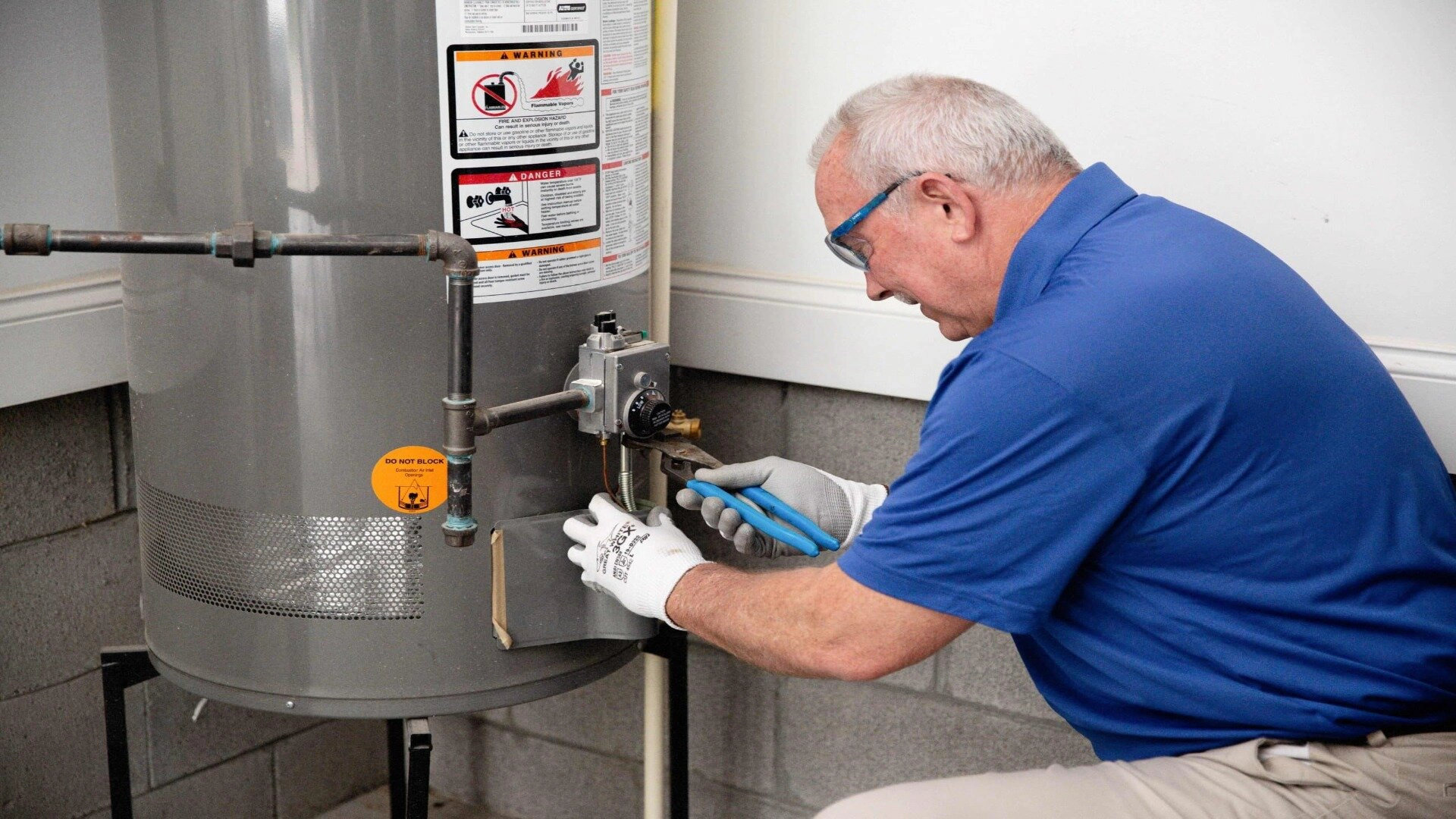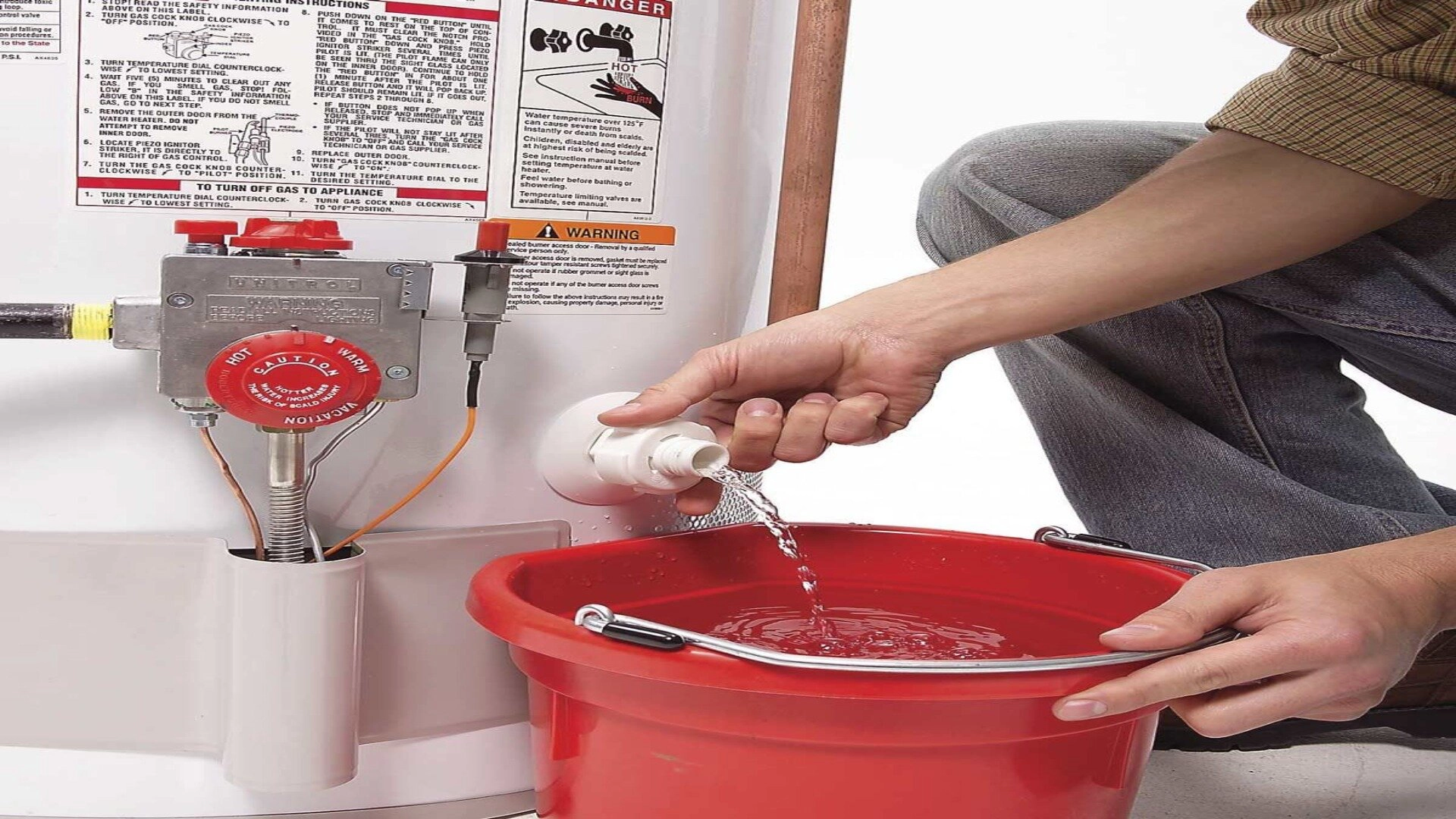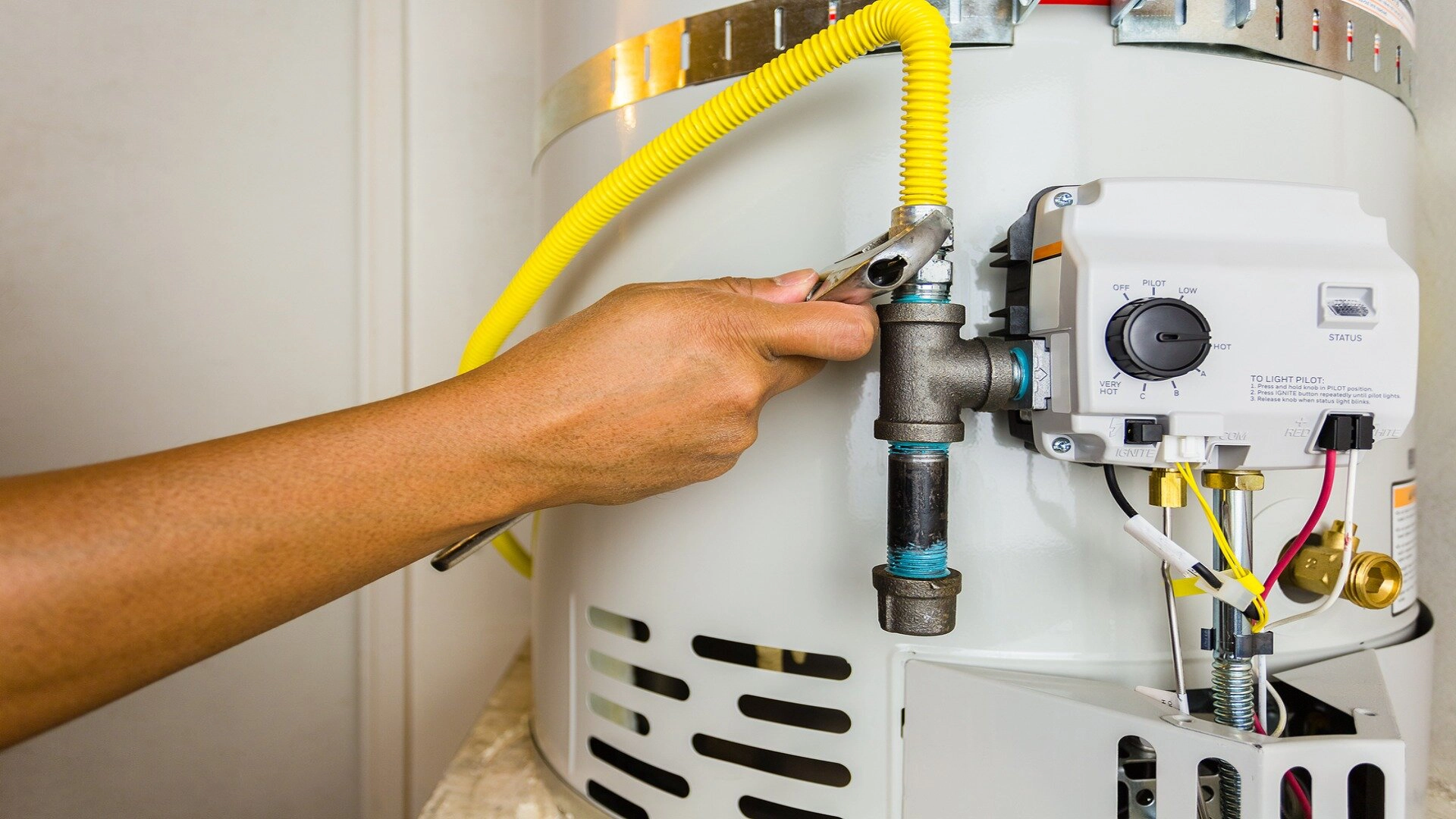- Hot Water
- Information
- How to Extend the Lifespan of Your Hot Water System: Maintenance Tips and Tricks
How to Extend the Lifespan of Your Hot Water System: Maintenance Tips and Tricks
Proper maintenance is key to getting the most from your home’s hot water system. This blog post provides tips to extend its lifespan and save money on repairs. Regular flushing removes minerals that damage components over time. Inspect and replace the anode rod every few years to prevent corrosion. Insulating pipes and lowering the thermostat boosts efficiency. Learn tasks like these, plus other tricks for maximising hot water system performance for years to come.
Your home’s hot water heater is a sturdy appliance, but that doesn’t mean it’s maintenance-free. With proper care, you can significantly extend the lifespan of your water heater and reduce repair costs down the road.
Many homeowners must know the small tasks required to keep their hot water system operating reliably for years. In this post, we will explore simple maintenance tips and tricks to boost the performance of your hot water tank.
We’ll explain each task in precise, step-by-step detail so you can easily incorporate them into your home maintenance routine. The time spent on upkeep is minor compared to the money you’ll save. Let’s get started improving the efficiency and longevity of your hot water heater.

How to Maintain Your Hot Water System
If you and your hot water system are prepared for the war, it’ll be in your best interest. So, even before the cooler season settles, it is worth having some preventative hot water system maintenance in place, especially for the existing hot water system or heat pump water heaters.
For example, have your pressure relief valves or TPR valves checked by hot water specialists. They are fitted as a secondary safety measure in your hot water unit. Having your system serviced regularly will minimise costly repairs and double its lifespan.
There are some simple things that you can do, with and without the help of a local plumber, to avoid a hot water system failure and lessen the likelihood of waking up to no hot water or malfunctioning water heaters on a chilly morning. The following covers some simple tasks to optimise performance.
1. Checking and Flushing the Hot Water Tanks
Regularly remove sediment from the bottom of the tank. This prevents damage to components over time. Flush annually if you have hard water or when you see sediment build-up . Turn off the water, open the drain valve and flush until the water runs clear.
2. Inspecting and Replacing the Anode Rod
This metal rod protects the tank from corrosion and should be checked every 3-5 years . Replace it if more than 6 inches have been worn away. Turn off the water heater and drain a few gallons before unscrewing and replacing the old rod.

3. Insulating Exposed Water Pipes
Add foam or fibreglass sleeves to pipes to prevent heat loss from the water as it travels to your fixtures. This improves the water heater’s efficiency and water pressure at taps.
4. Adjusting the Thermostat Temperature
Setting your water heater to 120°F can cut energy costs without compromising safety. Lower the risk of legionella bacteria by flushing your tank regularly as directed.
Make sure you’re standing as far away as possible from the end of the pipe. Gently lift the handle on the TPR valve. If it’s stuck, don’t force it.
If it doesn’t want to move, you must replace it. As you lift the valve handle, very hot water should flow out from the end of the outlet pipe. Gently return the valve to its closed position. The flow of water should stop. If it doesn’t, this likely indicates that the valve isn’t working reliably and needs to be replaced.

Frequently Asked Questions
How often should I flush my water heater tank?
Flustering sediment from the bottom of your water heater tank at least once yearly is recommended. If you have hard water, you may need to flush more frequently every six months. Signs it’s time to flush include decreased hot water and sediment in the tank.
Is it difficult to replace an anode rod?
Most homeowners find replacing an anode rod simple. Turn off the power supply or gas hot water system to the water heater. Drain several gallons of water, then unthread the old rod and replace it with a new one of the same size. When finished, refill and restore power or gas.
Can I lower the thermostat further to save energy?
Most experts recommend keeping the thermostat between 120°F-130°F for safety and energy efficiency. You can try adjusting it a few degrees lower, but be aware going below 120°F increases the risks of legionella bacteria growth. Proper maintenance, like flushing, is still needed at lower temperatures.
Extend the Life of Your Hot Water System
With regular maintenance using the steps outlined in this guide, your hot water heater should last well beyond its average lifespan. Spending 30 minutes a month on simple tasks can save you from expensive repairs or early replacement. Extending the life of your water heater protects both your investment and wallet.
If you need additional plumbing help, from installing a new unit to repairing existing issues, contact the experts at Service First Plumbing . With many years of experience, we can handle any job quickly and professionally. From hot water tanks and another hot water service to a blocked drain problem , new pipe installation, low water pressure , faulty temperature and pressure relief valve, and other plumbing issues, you can rely on us for excellent service and great work.
Call today on 1300 375 908 to discuss your specific hot water needs. Their licensed plumbers are ready to help your system run optimally for years.